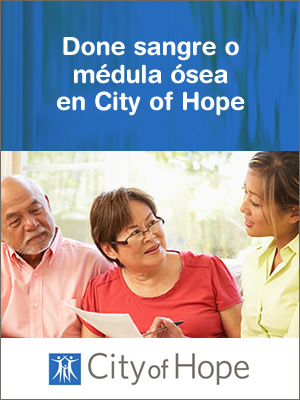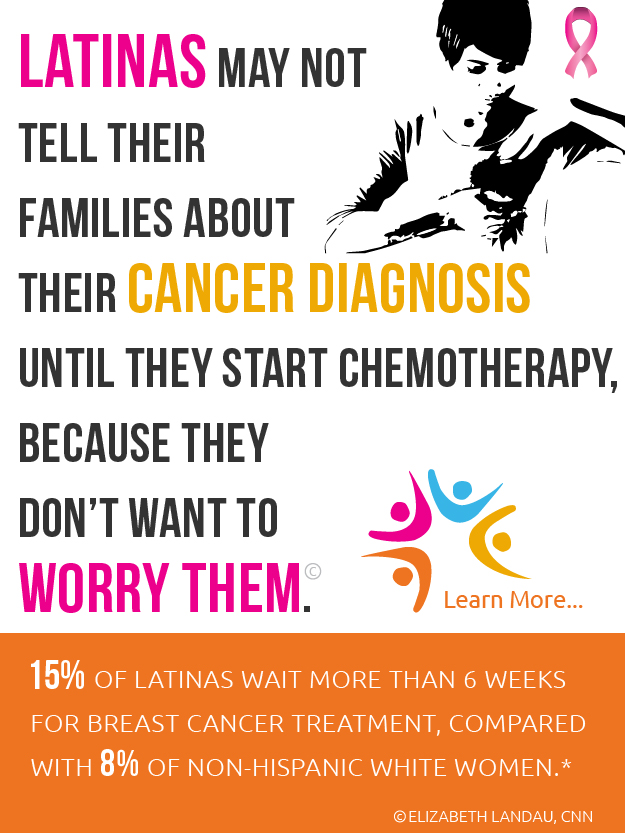
Breast Cancer in Latinas: An interview with Dr. Chavez Mac Gregor
10/15/2015 12:00PM | 7587 viewsBreast cancer is the most commonly diagnosed form of cancer among Latinas.
According to the Office on Women’s Health, even though Latinas are less likely than non-Hispanic white women to develop this condition, breast cancer in Latinas is typically found during the most advanced stages, when it is more difficult to treat.
For this reason, Latino organizations and health care workers are fighting to bring awareness to the Latina community regarding the importance of preventative screening, education and self-examination.
Of those experts on the front line, Saludify spoke with Dr. Mariana Chavez Mac Gregor, an Assistant Professor in the Department of Breast Medical Oncology at The University of Texas MD Anderson Cancer Center in Houston. Her research focuses primarily on breast cancer disparities – or the differences in breast cancers and quality of breast cancer care across different populations.
Why treat breast cancer in Latinas?
Dr. Chavez Mac Gregor, a Mexican native, told Saludify she always knew she wanted to be involved with cancer treatment, but it wasn’t until she worked with breast cancer patients first-hand in Mexico City that she knew where she wanted to specialize.
Treating women with breast cancer is challenging but very rewarding, she indicated, especially as a female physician because women respond well to being treated by a female doctor.
As rewarding as being a breast cancer doctor is, persistent health disparities for Latinas can make treatment difficult, and Dr. Chavez Mac Gregor says she still sees a significant gap in breast cancer awareness when it comes to this diverse group of women.
Due to language, cultural and financial barriers, many Latinas rarely visit the doctor unless they have detected an abnormality in their breasts; they are often unaware of how their bodies look under normal circumstances, particularly older Latinas, who may be uncomfortable examining their bodies at home.
Many times Dr. Chavez Mac Gregor will ask a Latina patient how long a symptom, like skin dimpling, has been present and they will not know; they do not look at their own bodies, which increases their risk.
How can we combat breast cancer in Latinas?
For many Latinas, the younger generations have proved invaluable when it comes to early detection of breast cancer.
Younger Latinas, who are comfortable accessing information on computers, can often relay medical information to their older relatives, and this can encourage earlier screening.
That being said, Dr. Chavez Mac Gregor told Saludify Latinas without access to computers have no way to view the Spanish-language information that is out there, and this also contributes to the breast cancer in Latinas health disparity.
To resolve this issue, she says it is important to provide breast cancer information in a simple but positive way, still targeting young Latinas who can take the information back home to family members.
Too often breast cancer information is depicted in catastrophic stories, which can actually scare Latinas away from preventative care. Information needs to accurately depict the positive side of treating cancer early, as the vast majority of women can be cured if the disease isn’t allowed to progress.
Once Latinas know and understand why breast cancer is a problem, Dr. Chavez Mac Gregor says the next step is becoming comfortable with their bodies.
Latinas need to know what their body looks like on a day-to-day basis so they can detect changes as they occur, not weeks after they have already been present.
Health care professionals need to explain to Latina patients it is okay to know their bodies, and performing self-examinations and having regular, preventative mammograms is not a shameful practice.
Many Latinas aren’t aware that mammograms are the best defense against breast cancer, but having a mammogram requires the ability to overcome modesty in a medical setting.
Modifiable risk factors
In addition to overcoming cultural barriers and improving general breast cancer knowledge, Dr. Chavez Mac Gregor told Saludify Latinas need to know what their modifiable risk factors for breast cancer are.
Because age, family history, gender, and menstrual cycle are all factors which impact breast cancer risk but cannot be controlled, it is essential to control other factors which increase risk–like obesity and alcohol consumption.
Women who are obese or consume alcohol heavily are all at an increased risk for breast cancer, she said. This is another reason why it is so important for Latinos to gain control of the childhood obesity epidemic in their communities; overweight children often grow up to be overweight adults.
This means, according to Dr. Chavez Mac Gregor, diet and exercise can be two of the easiest ways to reduce breast cancer risk, aside from regular examinations and preventative care.
If Latinas, and those who provide health care to Latinas, can learn to disseminate this information into the public, it stands to reason the health disparity seen regarding breast cancer in Latinas can start to be reduced.
While it may not be possible to eradicate breast cancer in the Latina community completely, said Dr. Chavez Mac Gregor, it is an attainable goal to have Latinas reach a rate of earlier breast cancer detection.











Post your Comment
Please login or sign up to comment
Comments